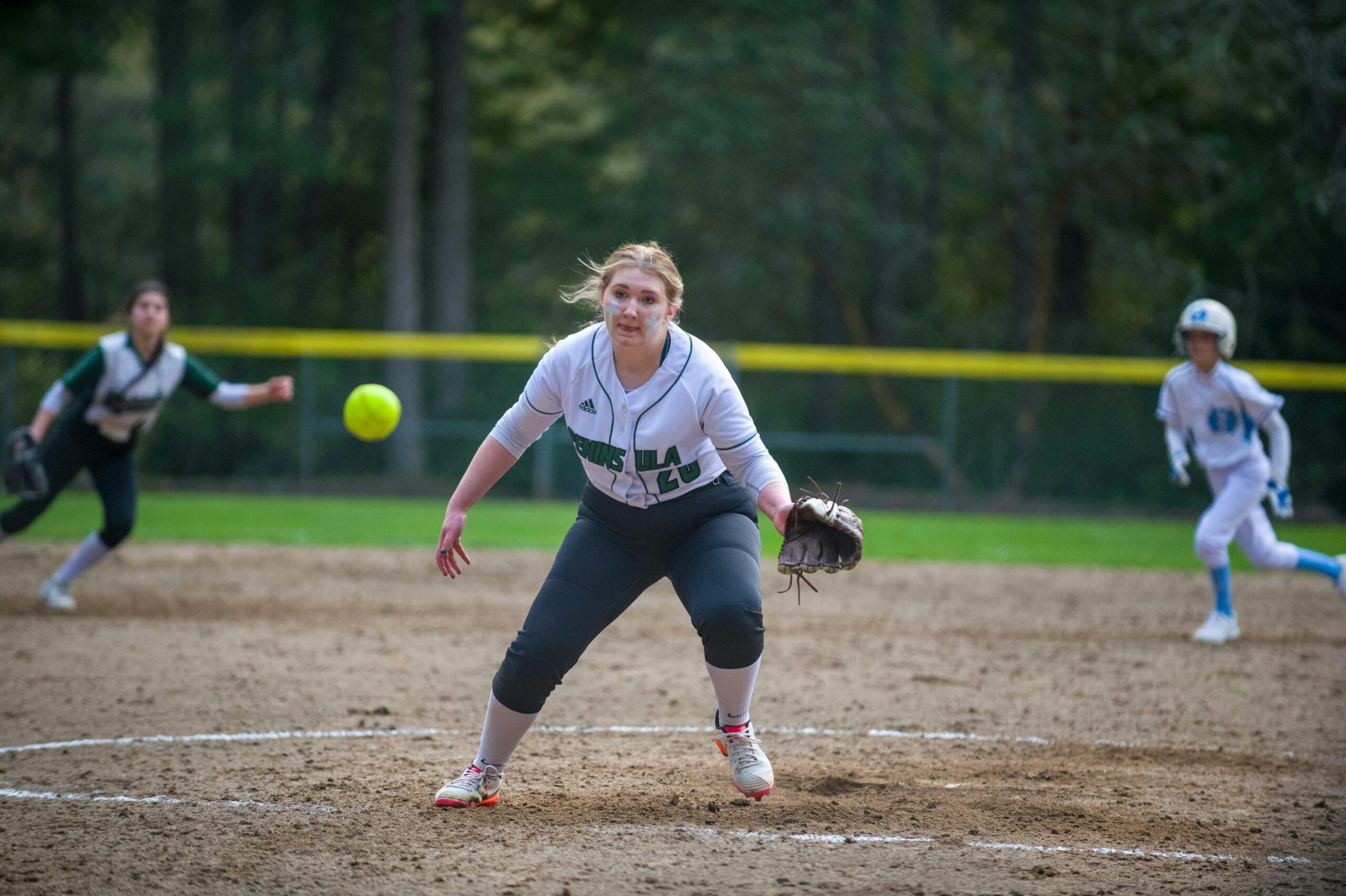Warming up properly before a game sets the tone for how you play. A good softball warm-up helps players move better, reduce injury risk, and feel ready by first pitch. But not all warm-ups work the same way.
Skipping steps or rushing through them leads to stiffness, slow reactions, or pulled muscles. The right warm-up should activate your whole body, practice game movements, and prepare you mentally for competition.
This guide covers a complete pregame softball warm-up routine. It works for youth and high school teams but adapts to any level. Each part gets players ready to compete at their best.
Start with General Movement
Begin with 5-10 minutes of full-body movement to raise heart rate and increase blood flow. This prevents tightness and gets your body ready for harder activity.
Start with light jogging or dynamic skipping around the field. Add lateral shuffles and carioca steps to activate your hips and work on coordination. These movements mirror the side-to-side actions you use during games.
Include arm circles and leg swings to loosen shoulders and hips. Start small and gradually increase range of motion. The goal is getting moving, not getting tired before the game starts.
Skip static stretching at this stage – it can reduce power and reaction time when muscles are cold. Save stretching for after the game when muscles are warm.
Dynamic Stretching
Once your body is warm, move through controlled movements that stretch key muscles used in softball. This maintains body temperature while improving flexibility.
Focus on hips and hamstrings with walking lunges and high knees. These areas get tight from sitting and are crucial for batting, base running, and fielding. Step into lunges with control and drive knees up actively.
Work shoulders and arms with arm sweeps and trunk rotations. Softball players need good shoulder mobility for throwing and catching. Trunk rotations prepare your core for the rotation needed in hitting and throwing.
Do all movements with proper form and control. Don’t rush or compete with teammates. The movements should feel smooth, gradually increasing range of motion with each rep.
Throwing Progression
After dynamic work, begin throwing warm-up. Progress gradually in distance and intensity – start short and controlled, end with game-speed throws.
Begin with short toss at 25-30 feet to loosen your arm. Focus on proper mechanics and smooth arm action rather than speed. Move to mid-range toss at 45-60 feet once arms feel loose, working on throwing mechanics while gradually increasing arm speed.
Finish with game-speed throws at full distance once arms are completely warm. Each position can work on throws specific to their role once fully warmed up.
Pitchers should begin their own routines during this phase, using dry reps and easy spins before moving to full pitches. Pitchers typically need more time than position players.
Position-Specific Movement Drills
Before game time, do light defensive footwork and situational reps. These reinforce timing and communication without going full speed.
Infielders should do light glove work and practice footwork around bases. Outfielders should practice drop-steps and reading balls off the bat. Catchers should work on throwdowns and blocking drills.
Keep these low-volume and controlled. The goal is muscle memory and rhythm, not intense practice. Finish with a few game-speed reps before heading into team defense.
This is also time to mentally lock in. Treat this like a rehearsal for the first inning.
Optional: Short Reactive Drills
If time allows, include one or two light agility or reaction drills. These sharpen focus and improve first-step quickness without wearing players out.
Keep them short and simple:
- Short cone shuffles for lateral movement
- Partner drop ball reactions for hand-eye coordination
- Base-running starts for quick first steps
These aren’t essential but help get into a competitive mindset and activate fast movements before game time.
Conclusion
A strong warm-up routine helps softball players stay healthy and play at full speed from the start. Include general movement, dynamic stretching, progressive throwing, and light position work. It doesn’t need to be long or complicated – just consistent and well-structured.
Make pregame preparation a priority. The time spent warming up properly prevents injuries and improves performance throughout the game.
Athletes Untapped
Need help creating a softball warm-up routine that fits your position and playing style? Athletes Untapped connects athletes with private coaches who personalize training based on age, skill level, and specific goals. Find experienced coaches who can help you prepare properly for competition.




